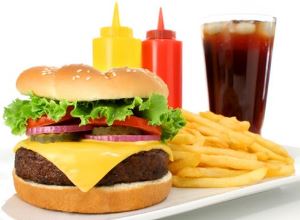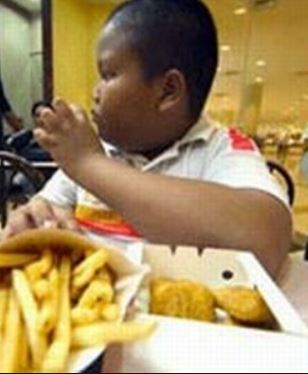Persuasive writing is writing that tries to convince a reader to do something or to believe what you believe about a certain topic.
It takes a position for or against something.
Persuasive Writing can be used to…
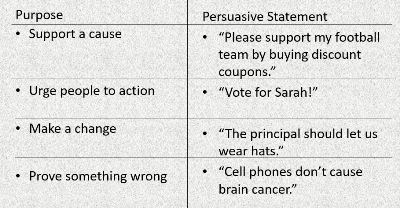

Persuasive writing follows a certain format:
ONE:
INTRODUCTION with a “hook” and thesis statement
TWO:
BODY where the argument is explained
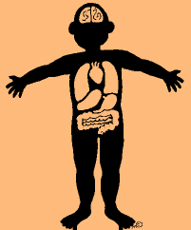
THREE:
CONCLUSION where main points are summarized and reviewed and the reader is left with something to think about
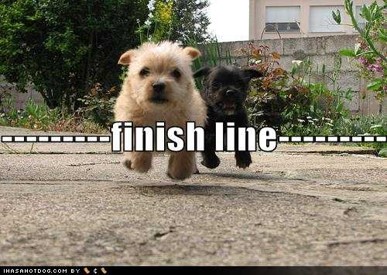
DOS and DON’Ts of Persuasive Writing:

What makes an good introduction?
It grabs or “hooks” the reader’s attention by using one or more of the following strategies:
- An anecdote or scenario
- A quotation
- An interesting fact or statistic
- A question
 It tells how the writing will be organized.
It tells how the writing will be organized.
The author’s position is clearly stated in a thesis statement
Good strategies used in introductions:
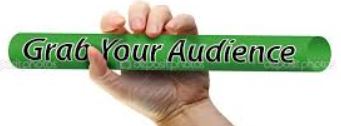
- Use an Anecdote/ Scenario The writer provides a personal experience or made-up situation to introduce the position.
- Questioning The writer asks thought-provoking questions to capture the reader’s interest.
- Interesting fact or statistic The writer gives an interesting piece of information to grab the reader’s attention.
Lets Take A Look….
You Could Start with a Riddle!
•Get your reader’s attention with a challenging thought.
•“What’s plain, and boring? What makes all students in a school building look the same and lose their individuality? If you guessed UNIFORMS, you’re correct!”
You Could Begin with a Strong Statement:
Example:
Fast food consumption has risen 500 percent since 1970 and today reaches nearly every part of society, including some public school cafeterias.
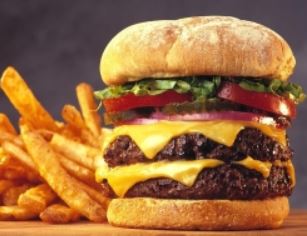
You Could Open with a Fact or Statistic:
Thirty percent of the children in the survey ate fast food on any given day during the survey, and they ate an average of 187 calories a day more than those who did not eat fast food. These additional calories could account for an extra six pounds of weight gain per year, according to Ludwig

You Could Open with a Question:
How many times have you eaten fast food this month?
Next: Creating a Thesis Statement
A thesis statement is one sentence at the end of your introduction that states your opinion. It needs to be strong.
First, choose 3 main focus points to discuss in your essay. These points will become the focus of three paragraphs in the body of your paper.
Let’s use fast food as an example again.
Fast food…(3 Discussion Points)
- rapidly increases weight
- causes high blood pressure
- leads to sluggishness
Writing the Thesis Statement
Now take your three main focus points and summarize them. Put your completed thesis statement at the end of your first paragraph.
THREE MAIN FOCUS POINTS
I believe fast food is harmful because it rapidly increases weight, causes high blood pressure, and leads to lethargy.
COMPLETED THESIS STATEMENT
I believe fast food has negative health effects.
Look at this!

Three Supporting Paragraphs:
Use each of the main arguments you used in your introductory paragraph and expand on each giving facts and reasons.
In our example, you would write one paragraph on how fast food increases weight, one paragraph on how it causes high blood pressure and one on how it leads to sluggishness.
You’ll Need to Show “The Other Side…”
How many of you have been in a discussion with someone and you remember saying, “Yeah, that’s true, but…” This is called a counter-argument. It’s the “other side” of the argument.
You’ll need to tell your reader what the counter-argument is and prove why it shouldn’t matter.
Let’s take a look using our example of fast food…
This is where you should explain why your opposition believes what they believe.
For example:
“A fast food company wouldn’t agree with the points in this essay. They would have lots of reasons why fast food is good.
They may say…”it’s convenient” or “It’s fine if eaten in moderation.”
These arguments just don’t hold up when you take all the facts into consideration!
Conclude or End Your Essay…
What makes an good conclusion?
Last paragraph summarizes your main point.
End using one or more of the following strategies:
- Call the reader to action
- Anecdote or scenario
- Make a Prediction
The last paragraph wraps up the writing and gives the reader something to think about.
Strategies for Conclusions
•Call to Action
–Ask the reader to do something or to make something happen “I challenge you to watch what you eat and to avoid fast food.”
•Provide a solution
–Provide an answer to the problem “Fast food doesn’t have to be “bad food.” Make better choices like salads, fruit and low fat treats.”
•Make a Prediction
–Explain what might be the consequences of action or inaction “If people continue to eat lots of fast food, they put their health at risk. If kids don’t make better choices today, they won’t grow into healthy adults.”
Concluding Paragraph:

Review: The Persuasive Essay:
- A Catchy Title
- Introductory paragraph with a “hook”, three main arguments and a thesis statement.
- One paragraph for each of your three arguments.
- Address the “counter-argument”
- Closing paragraph that re-states your thesis and challenges the reader to think about it.
Don’t Forget…
- Make sure to read over your work and edit for mechanics and spelling.
- Write neatly!
- Include detail and great vocabulary.
- Follow proper format: Proper heading and skip lines!



 It tells how the writing will be organized.
It tells how the writing will be organized.

